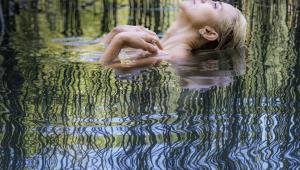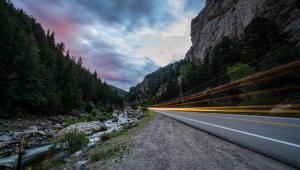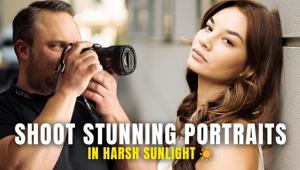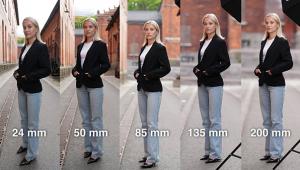Complete Beginners Guide to Camera Lens Filters (VIDEO)
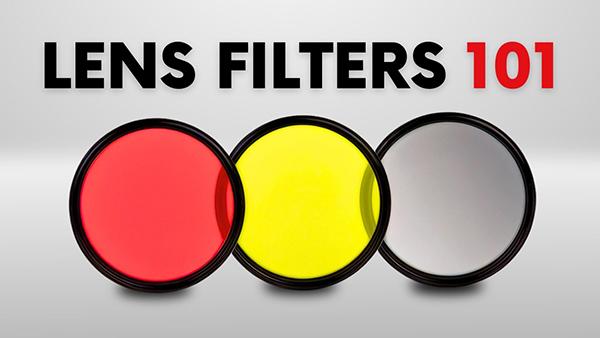
Whether you're just getting started or a more experienced shooter, the tutorial below will change how to approach photography by explaining what types of lens filters are appropriate for your style of imagery and demonstrating how to use them. Dollar-for-dollar these simple accessories are perhaps the most valuable you can find, so pay close attention and then add a few filters to your kit.
Today's eye-opening beginners guide come to us from the folks at Camera Zone, a popular YouTube channel created by professional photographers and enthusiasts who produce how-to videos on a wide range of topics from gear reviews, post-processing tips, and in-depth buying advice.
Today's nine-minute episode falls into the latter category by taking a deep dive into all the essentials of filters and explaining why they're so popular among seasoned outdoor photographers. Bottom line: if your colors look flat, reflections are distracting, or light seems unmanageable, these affordable add-ons can quickly save the day.
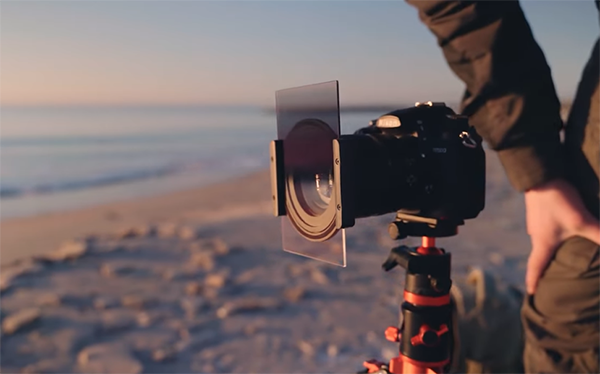
Our unnamed instructor puts it like this: "Filters modify the light before it hits the camera sensor, resulting in effects that are sometimes impossible to achieve with post processing alone." In fact, filters not only improve image quality, but they'll also protect your expensive lenses from scratches, dust, water, and other environmental hazards.
First up are the economical UV filters that serve three basic purposes—namely, reducing ultraviolet light, eliminating atmospheric haze, and protecting the front element of a lens. Just remember that, as with all filters, quality is crucially important. So don't try to save a few bucks by threading a "bargain" filter on a good lens.
Have you ever wondered how some landscape photographers make pale skies appear richer or water surfaces glare free? That's the work of a polarizing filter that enables you to modify the effect—stronger or weaker—simply by rotating it's front ring. In simple terms, Polarizers are valued for their ability to reduce reflections on lakes or when shooting through windows.
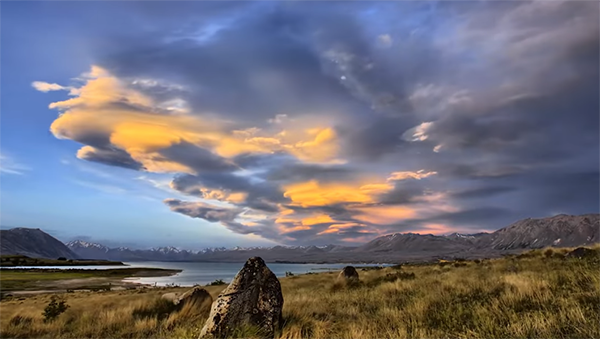
They also enhance color saturation and provide a vivid look to lush greenery, flowers, and inanimate objects. There are a few considerations to keep in mind, like your position relative to the angle of the sun and the possibility of deadening a photo or making it appear unrealistic by rotating a polarizer to the max.
As the lesson proceeds you'll gain insight onto other popular filters and how to use them under various conditions you confront in the field. Then pay a visit to the Camera Zone YouTube channel for more transformative videos on gear and techniques.
And speaking of lenses, don’t' miss the tutorial we featured earlier with another expert who demystifies the concept of focal length and explains why there's much more to it that just magnification.



















